Essential Exercise Hints and Tips
 People usually exercise for two reasons: to stay fit and healthy, or to trim excess fat and reach their physique goals. Either way, there are many other health benefits that go hand in hand with working out.
People usually exercise for two reasons: to stay fit and healthy, or to trim excess fat and reach their physique goals. Either way, there are many other health benefits that go hand in hand with working out.
The US Department of Health and Human Services reported that on a national scale, the average percentage of people who exercise regularly is only 51.6%. 150 minutes of moderately intense aerobic activity is recommended, however, to minimize your risk of certain diseases like cardiovascular problems, hypertension, colon and breast cancer, and diabetes mellitus.
And for older adults, doing exercise lowers the likelihood of suffering from dementia by about 30% and hip fracture by 68%.
Types of Exercise
If you have any condition that might affect or hinder you from performing certain physical activities, it’s best to consult with your doctor before starting a new exercise program.
Strength Training
Strength training helps tone your muscles, increase bone density, improve balance, posture and coordination, reduce stress in your joints, and increase muscle mass. These routines are built around the concept of working against resistance. It makes use of free weights, resistance bands, and weight machines while incorporating moves such as squats, lunges, and push-ups.
Aerobic Exercises
These workouts speed up your breathing and heart rate as well as strengthen and improve the condition of your heart and lungs. On top of that, doing aerobic exercises also build your endurance in the long run. Some examples include jogging, dancing, running, swimming, biking, and brisk walking.
Flexibility Exercises
Especially for older adults, being flexible and having a full range of motion can reduce the risk of injuries to the muscles and joints. Even if you’re still young, it’s still advisable to do stretching exercises before and after every workout to prevent injuries.
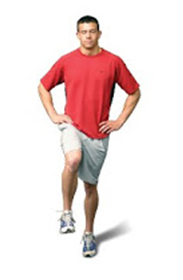 Balance Exercises
Balance Exercises
Improving your balance can help keep you steady and prevent fall-related injuries. A few examples are heel-to-toe walking, standing on one foot for 10 seconds on each side, and walking in a straight line.
Maximize Your Exercise With The Following Tips
Do not exhaust yourself
It’s okay to push yourself, but you should also listen to body cues. Instead of reaping various health benefits from the workout, your body might become too busy repairing all the damage it sustained. It might even lead to an injury, such as muscle strain and shin splints. If you feel pain in your shin, stop your workout and apply ice to the area. Wearing shin compression sleeves is good for injury prevention, but it can also help you recover faster by reducing pain and inflammation. As a rule of thumb, increase your workout intensity gradually.
Cool-down and stretch for 10-20 minutes
This is to relieve muscle tension and facilitate the return of your breathing and heart rate to their resting levels. You can walk in place for a few minutes to regulate your breathing. When stretching, make sure to focus on the muscle groups you used during your workout.
Eat bananas or potatoes
These are good sources of potassium (which aids in muscle recovery) that can replenish the mineral lost during the workout and prevent painful muscle cramps.
Drink at least 8 ounces of water
You need to rehydrate after the workout but no matter how thirsty you are, you need to drink it slowly. Sports drinks are good alternatives, but as much as you can, opt for water.
Don’t forget to rest
Just because you’re determined to bulk up doesn’t necessarily mean you have to spend all 7 days of the week working out. Resting for at least one day will help relieve muscle soreness, give your body time to heal, and prepare you for another week of exercise.
Reward yourself the right way
After a grueling and intense routine, you may be tempted to grab a soda or eat those glazed donuts. You should keep in mind that what you eat post-workout can have a positive or negative effect on your body, specifically when it comes to your muscles. Reward yourself by eating something healthy. Protein, vitamin C, and omega-3 are all important in muscle build-up and tissue repair so incorporate these into your diet. This is most crucial 30-45 minutes after your workout.
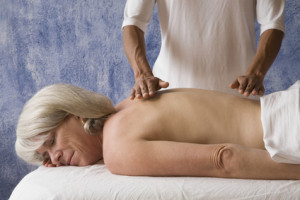 Get a good massage
Get a good massage
A massage can promote circulation, remove stress and stiffness from your muscles, and relax your mind and body.
Ditch the alcohol
Again, this falls under the ‘reward yourself’ mistake. Although alcohol isn’t exactly prohibited, it’s also not recommended to consume a glass or two post-exercise.
Exercise and a balanced diet go hand-in-hand to help you reach your fitness goals. The fact that you already took the first step by exercising is commendable, but remember that your post-workout routine is also crucial!
Joe Fleming is the President at ViveHealth.com. Interested in all things related to living a healthy lifestyle, he enjoys sharing and expressing his passion through writing. Working to motivate others and defeat aging stereotypes, Joe uses his writing to help all people overcome the obstacles of life. Covering topics that range from physical health, wellness, and aging all the way to social, news, and inspirational pieces…the goal is help others “rebel against age”.

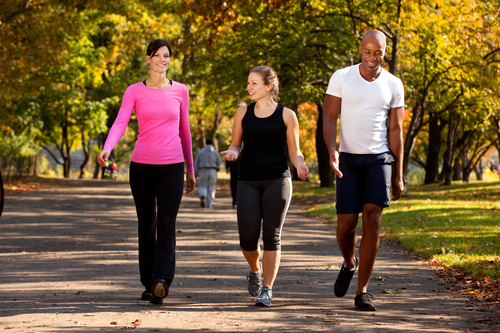

 The world today is dedicated to technology, advancing research and the access to unlimited information on all manner of subjects. Each of us relies on technology not only for our questions about life but also for receiving the answers. And oh, by the way, we want our answers NOW! The speed with which we live our lives is increasing everyday and sometimes it can be very frustrating to realize that we can’t “have it all – and do it all”.
The world today is dedicated to technology, advancing research and the access to unlimited information on all manner of subjects. Each of us relies on technology not only for our questions about life but also for receiving the answers. And oh, by the way, we want our answers NOW! The speed with which we live our lives is increasing everyday and sometimes it can be very frustrating to realize that we can’t “have it all – and do it all”. This experience at age 37 probably did more for me than I will ever know since I would be tested in the years ahead by many failures, challenges, hurts, resentments, guilt and suffering – all CAUSED by me and the choices I made in my own life. The ONE thing I did right was make a commitment to my OWN health and fitness needs and when the time came to deal with the consequences of my choices – I was able to DO SOMETHING I loved – and that was run. This is why I can say today that running saved my life – because I truly believe that it did. Fitness was my anchor. My advice to you today?
This experience at age 37 probably did more for me than I will ever know since I would be tested in the years ahead by many failures, challenges, hurts, resentments, guilt and suffering – all CAUSED by me and the choices I made in my own life. The ONE thing I did right was make a commitment to my OWN health and fitness needs and when the time came to deal with the consequences of my choices – I was able to DO SOMETHING I loved – and that was run. This is why I can say today that running saved my life – because I truly believe that it did. Fitness was my anchor. My advice to you today?
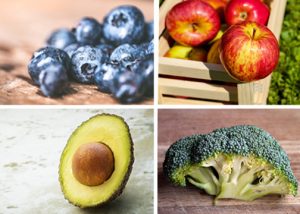 We have no working definition of “healthy” eating in this country.
We have no working definition of “healthy” eating in this country.
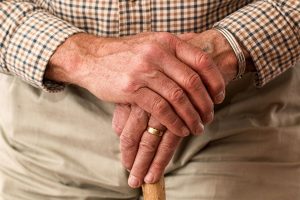 When you read the words “young-person” in a sentence, what is the image that comes to mind? What about when you hear the words “old-person?” Do you readily form an opinion or do your initial thoughts come in the form of questions: “I don’t know. I need more information? What do you think?” If a clear image comes to mind, then one line informing these socially constructed ideas of aging can be traced to our education system, one that rewards outcome over process.
When you read the words “young-person” in a sentence, what is the image that comes to mind? What about when you hear the words “old-person?” Do you readily form an opinion or do your initial thoughts come in the form of questions: “I don’t know. I need more information? What do you think?” If a clear image comes to mind, then one line informing these socially constructed ideas of aging can be traced to our education system, one that rewards outcome over process. Similar to the views promoted by physicists James Jeans and Sir Arthur Eddington who thought the universe to be best understood as a great idea, we can think of old age in the same light. Aging exists to be interacted with. The idea of old age is incomplete. As you age, you get to inform the structure and meaning of old age. Your identity adds a uniqueness to what it means to be old.
Similar to the views promoted by physicists James Jeans and Sir Arthur Eddington who thought the universe to be best understood as a great idea, we can think of old age in the same light. Aging exists to be interacted with. The idea of old age is incomplete. As you age, you get to inform the structure and meaning of old age. Your identity adds a uniqueness to what it means to be old.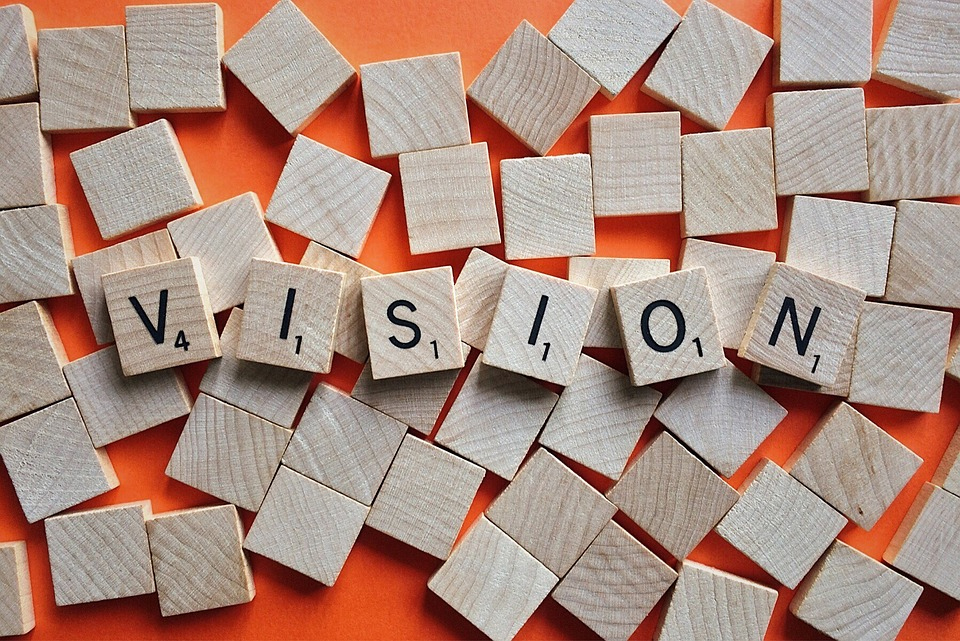
 If You Are Making Excuses, You Are Not Sold Out On Reaching Your Goals! Don’t Be A Quitter!
If You Are Making Excuses, You Are Not Sold Out On Reaching Your Goals! Don’t Be A Quitter!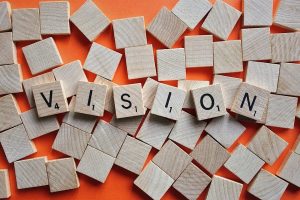 Recruit others to share the vision, advise, hold accountable, support and mentor you.
Recruit others to share the vision, advise, hold accountable, support and mentor you.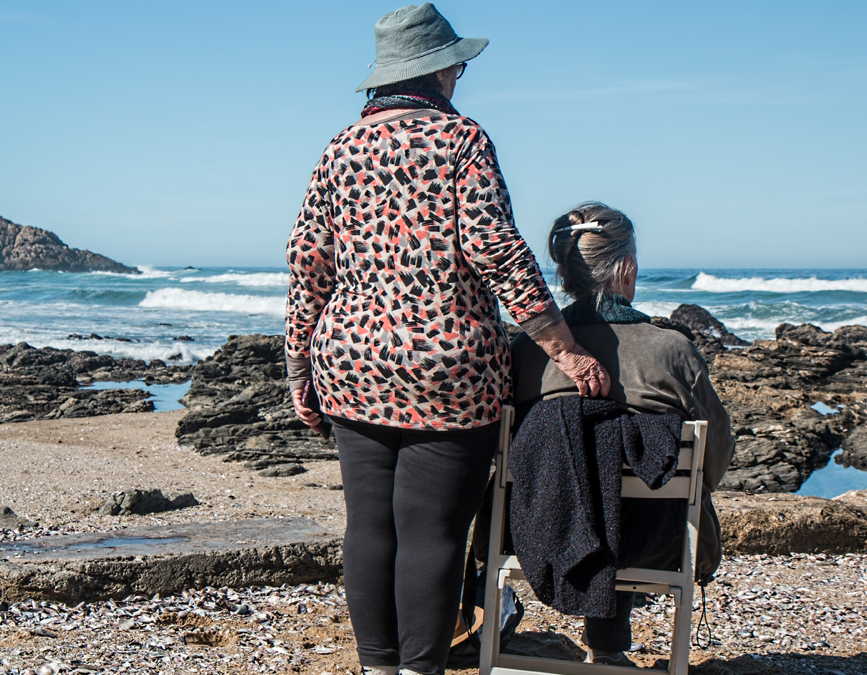
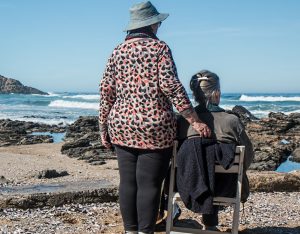 suggesting agreement, although I didn’t know precisely what she meant. And I still don’t. This was almost twenty years ago, when I was first starting out in the field of counseling and took a lot in, rather than ask any questions. And now, I inquire on people’s meaning of this any time such a remark is made. Sometimes, I’ll throw in the question, “If she’s in the process of dying, isn’t she also in the process of living?”
suggesting agreement, although I didn’t know precisely what she meant. And I still don’t. This was almost twenty years ago, when I was first starting out in the field of counseling and took a lot in, rather than ask any questions. And now, I inquire on people’s meaning of this any time such a remark is made. Sometimes, I’ll throw in the question, “If she’s in the process of dying, isn’t she also in the process of living?”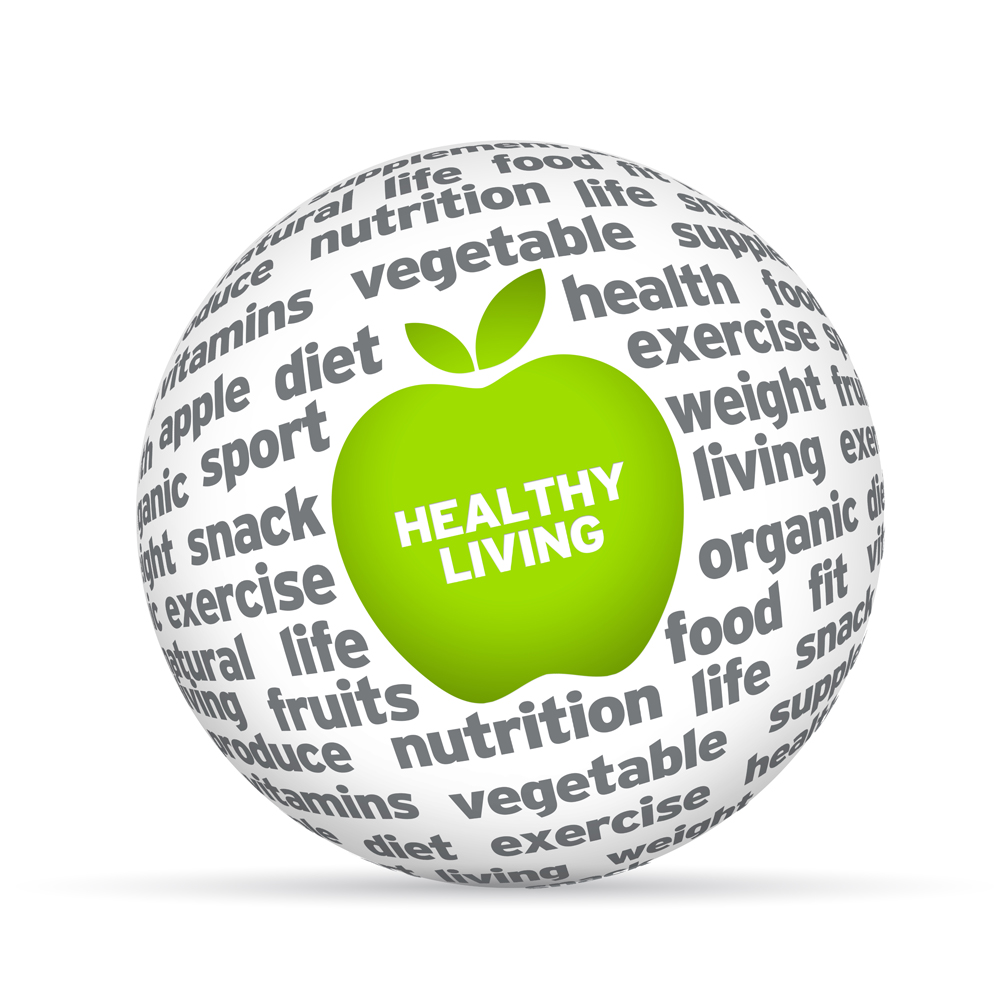
 Nourish All Your Systems, Together: The whole body needs better nutrition but we don’t need different nutrition for better health nor for healthy aging. The good news is that key nutrients support the whole body’s total health. So when you consume probiotics, yes you are helping support a healthy digestive system but that also supports immune health which reduces overall stress and enables better heart health and brain health and so on. Same goes for a daily dose of broccoli’s glucoraphanin which enables detoxification, which removes unwanted toxins, which makes it easier for the body to do its daily tasks, which supports healthy skin, immune health and so on.
Nourish All Your Systems, Together: The whole body needs better nutrition but we don’t need different nutrition for better health nor for healthy aging. The good news is that key nutrients support the whole body’s total health. So when you consume probiotics, yes you are helping support a healthy digestive system but that also supports immune health which reduces overall stress and enables better heart health and brain health and so on. Same goes for a daily dose of broccoli’s glucoraphanin which enables detoxification, which removes unwanted toxins, which makes it easier for the body to do its daily tasks, which supports healthy skin, immune health and so on.
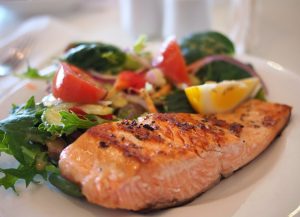 Other lean meats like salmon, tuna, mackerel and sardines, on the other hand, facilitate weight loss owing to the presence of healthy
Other lean meats like salmon, tuna, mackerel and sardines, on the other hand, facilitate weight loss owing to the presence of healthy 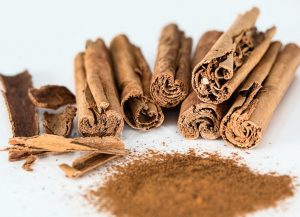 Cinnamon
Cinnamon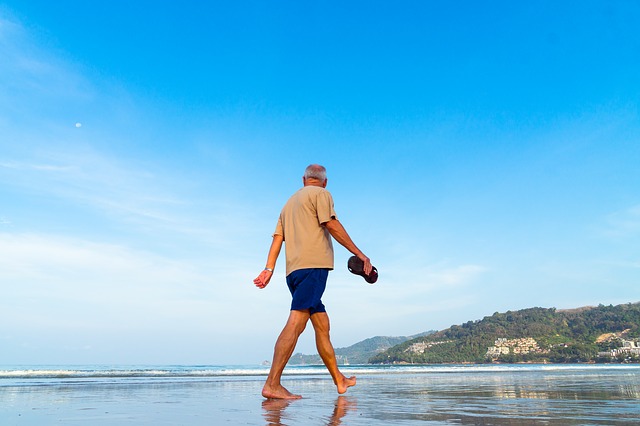
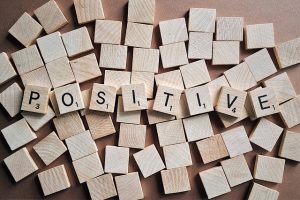 When I hear people say, “Ya, positive aging is so important.” I wonder, what exactly does positivity have to do with aging? Does having positive thoughts truly have an impact on the aging process?
When I hear people say, “Ya, positive aging is so important.” I wonder, what exactly does positivity have to do with aging? Does having positive thoughts truly have an impact on the aging process? My friend’s conclusion is: “I think I have the quantity part of life figured out. I’m going to focus now on the quality. And as that relates to food, if it tastes good, I’m going to eat it…this baklava from the Greek Festival sure is delicious. MMmmmmmm.”
My friend’s conclusion is: “I think I have the quantity part of life figured out. I’m going to focus now on the quality. And as that relates to food, if it tastes good, I’m going to eat it…this baklava from the Greek Festival sure is delicious. MMmmmmmm.”